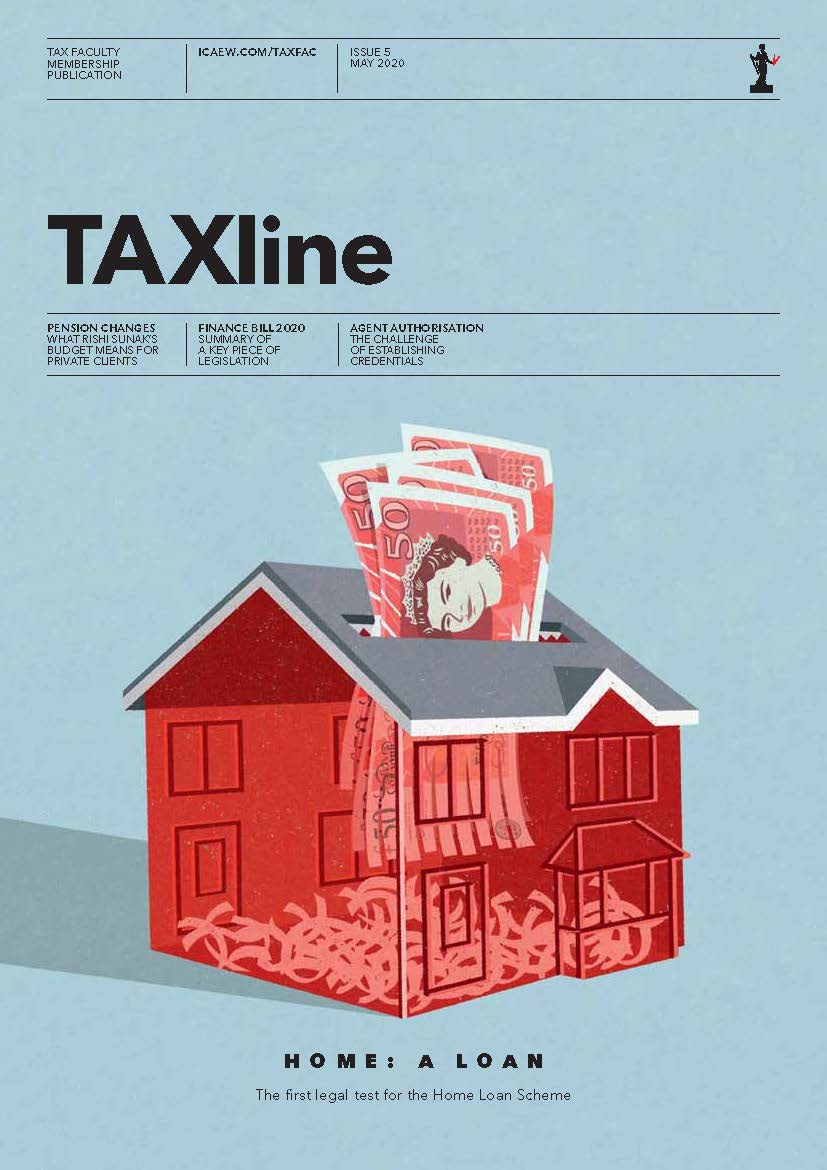This article will focus on the main tax reliefs and conditions for the individuals selling their shares in the trading company to the employee ownership trust (EOT), and for the employees receiving bonuses from the company. A separate article explains how EOTs can be used and sets out some of the non-tax benefits.
Income tax relief for employees
During the lifetime of the EOT, the employees can benefit from an income tax-free bonus of up to £3,600 per tax year. However, both primary and secondary class 1 national insurance contributions are still payable on the bonus as earnings. This limit has not changed since the inception of the EOT legislation in 2014.
CGT relief for vendors
Where an individual disposes of shares in a trading company to an EOT, and the qualifying requirements are met, the disposal is CGT-free for the vendor shareholders and the EOT inherits the base cost of the shares. This relief is only available for the tax year in which the EOT obtains control of the company. Disposals in previous and future tax years are subject to CGT as normal.
Conditions 1-4 below must be met for the CGT relief to be available. In addition, draft legislation (Finance Bill 2024-25) introduces four additional requirements: conditions 5-7 apply with effect for disposals to EOTs made on or after 30 October 2024; condition 8 applies for claims for CGT relief made on or after 6 April 2025.
Where relevant, all conditions must be satisfied on the date the EOT acquires the shares and forever after. If any of the conditions are failed by the end of the following tax year in which the EOT obtains control, the original vendors will lose their relief and be subject to CGT. This is extended by draft legislation to the end of the fourth tax year for disposals to EOTs made on or after 30 October 2024.
1. The trading requirement
This requires that the company is a trading company or the holding company of a trading group. Non-trading activities are acceptable provided they are not ‘substantial’, which HMRC interprets to mean no more than 20% of its activities being non-trading activities.
2. The all-employee benefit requirement
All employees must be eligible to benefit from the trust and this must be applied on “equal terms”. There is some scope for flexibility by varying how employees can benefit, but only in relation to their remuneration, length of service and/or hours worked.
3. The controlling interest requirement
This states that relief will only be available for disposal in the tax year that the EOT obtains control of the company. In theory, there could be numerous disposals in the same tax year, however, when vendors do not wish to sell all their shares, they must be aware that any sales to the trust in future years will not benefit from relief.
4. The limited participation requirement
This is the only requirement that must be satisfied for a period prior to the date the EOT obtains control. This condition must be considered for the 12 months prior to the sale as well as forever after.
The limited participation requirement demands the following fraction not to exceed two-fifths: NP = Number of participators that are employees or office holders / NE = Number of employees
Participators who do not (together with their associates) hold more than 5% of the ordinary share capital, or 5% of any class of shares, are excluded from NP.
There is a six-month grace period where a disqualifying event is not triggered despite the above fraction being exceeded, provided it is outside the reasonable control of the trustees.
5. The trustee residence requirement
Draft legislation provides that the trustees of the settlement (or directors of the trust company) must be UK resident at the time of disposal as well as forever after. If the trustees cease to meet this requirement, a disqualifying event will be triggered. While there is a six-month grace period, this is only in the event of the death of a trustee. In all other instances, the trustee must resign before becoming non-resident.
6. The trustee independence requirement
This ensures that the original shareholders of the company cannot retain control of the trust following disposal. The draft legislation requires that less than 50% of the trustees are excluded participators, and excluded participators do not have control of the trust. As in 5 above, a disqualifying event will be triggered if this condition is failed at any point and, again, there is a six-month grace period on the death of a trustee.
7. The consideration requirement
Draft legislation requires that the trustees must take reasonable steps to ensure that the consideration paid for the shares does not exceed market value and that, if any consideration is deferred, the interest payable does not exceed a reasonable commercial rate.
8. The information requirement
The new information requirement states that, when claiming EOT relief, the vendors must now state the consideration for the disposal as well as the number of employees in the company (or group) at the time of disposal.
Clearances
It is normal to apply for clearance under the transaction in securities (TiS) rules to ensure HMRC does not consider the transaction to be undertaken for the main purpose of obtaining an income tax advantage. If the TiS rules did apply, then not only would the EOT CGT relief be denied but the proceeds would be subject to income tax as a dividend.
Prior to the Autumn Budget, there were also two non-statutory clearances commonly applied for. The first was to ensure that the benefits to participators provisions of s464A, Corporation Tax Act 2010 do not apply. The second is in relation to the distributions issue explained in my earlier article. HMRC has now confirmed it will not provide clearance in relation to these issues.
Nick Wright, Director, Jerroms Miller
Further reading
For further information, see ICAEW’s employee ownership hub.
A longer version of this article is available at TAXline, the ICAEW Tax Faculty’s online content hub, along with a second article exploring the pros and cons and potential structure of an EOT.
Latest on business tax
The Tax Faculty
ICAEW's Tax Faculty is recognised internationally as a leading authority and source of expertise on taxation. The faculty is the voice of tax for ICAEW, responsible for all submissions to the tax authorities. Join the Faculty for expert guidance and support enabling you to provide the best advice on tax to your clients or business.



